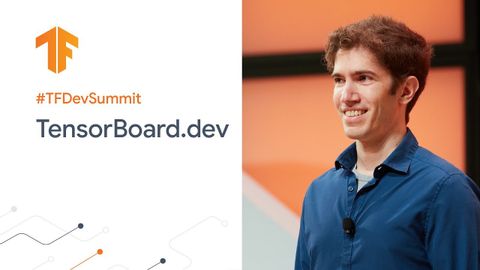TensorBoard.devとのコラボレーションML (TF Dev Summit '20) (Collaborative ML with TensorBoard.dev (TF Dev Summit '20))
林宜悉 が 2021 年 01 月 14 日 に投稿  この条件に一致する単語はありません
この条件に一致する単語はありませんUS /ˈmʌltəpəl/
・
UK /ˈmʌltɪpl/
- adj.複数の;多様な;多発性の;多重の
- n. (c.)倍数;多数;倍率
- pron.多数
- n. (c./u.)大きさや格など;うろこ;はかり;音階;規模
- v.t./i.(縮尺比に従って)拡大する : 縮小する;登る;魚のうろこを取る
- v.t./i.進化させる;展開する;進化する;変遷する
- n. (c./u.)共有地;(地域共同体が所有する)共有地
- adj.公共の;典型的;一般の;広まっている;下品な;普通名詞の
エネルギーを使用
すべての単語を解除
発音・解説・フィルター機能を解除

